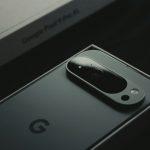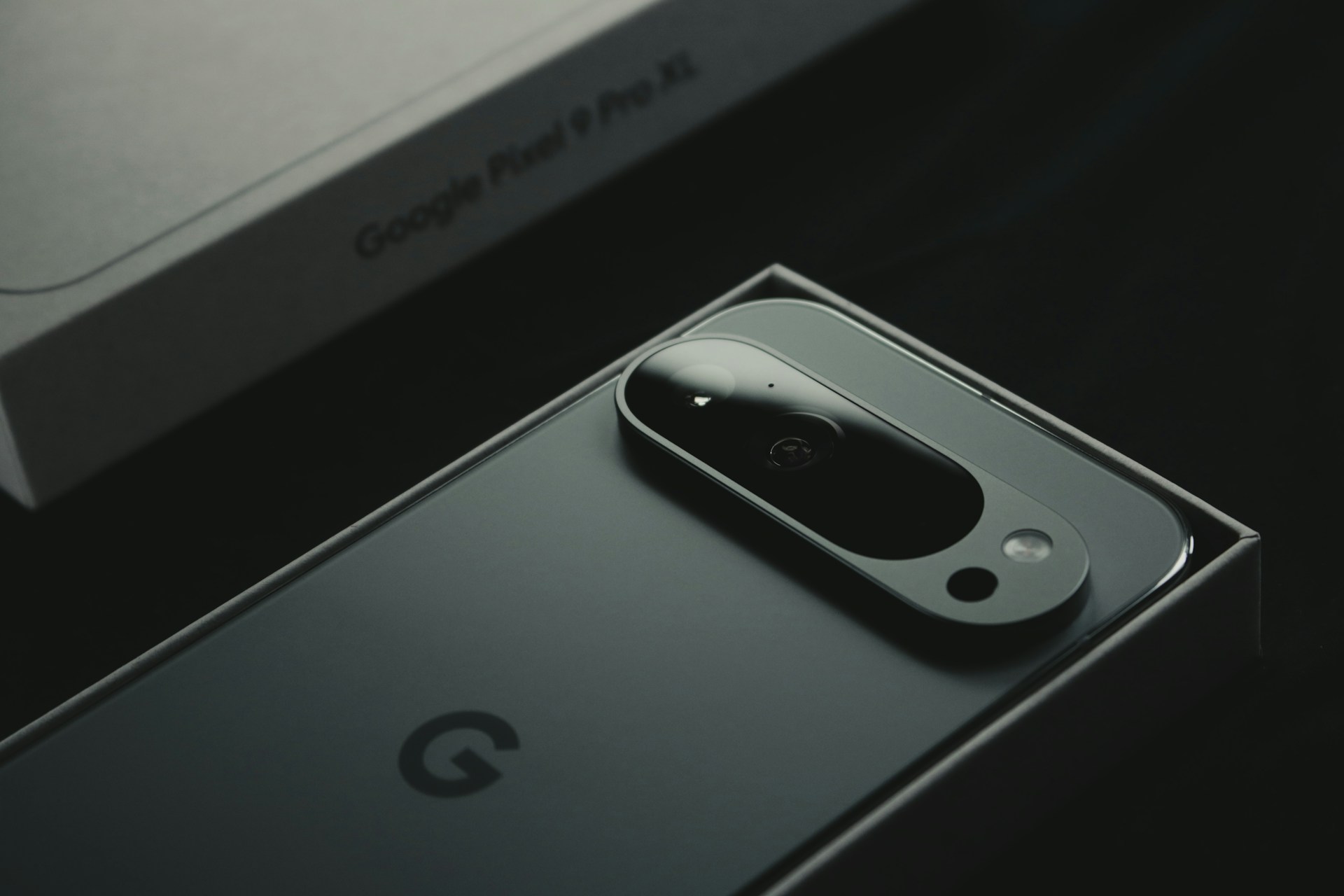In October 2023, Google rolled out the Pixel 8 lineup, offering users the choice between the standard Pixel 8 and its more premium sibling, the Pixel 8 Pro. Fast forward to August 2024, and the Pixel 9 series has already hit the market — a couple of months ahead of the usual schedule, likely in a strategic move to outpace Apple’s latest iPhone release. But now, let’s revisit last year’s Pixel 8 series and examine how it stacks up against the Pixel 7 — a phone still widely available at discounted prices.
With the Pixel 8 series, Google decided to widen the gap between the standard and Pro models. This marked a clear shift in strategy. While both phones feature the same new Tensor G3 chip, several AI-based capabilities — including those introduced in the December 2023 Feature Drop, like Gemini AI — were locked exclusively to the Pixel 8 Pro. Even cloud-based features such as Video Boost didn’t make it to the regular Pixel 8, despite its identical processor.
Adding to the confusion, the Pixel 8 launched at $699, which is $100 more than the Pixel 7’s original price. That premium might seem justifiable if major hardware improvements were involved — but in truth, the non-Pro Pixel 8 received only modest upgrades compared to its predecessor. Its camera hardware remains largely the same, with enhancements arriving mostly via software.
Meanwhile, the Pixel 7, though officially retired from Google’s product lineup, is still being cleared out by retailers, often for around $400. This raises a valid question: is it worth paying almost twice as much for the Pixel 8? And if you’re already using a Pixel 7, does the Pixel 8 offer enough to warrant an upgrade?
Let’s break down the comparison and see where each device stands.
Design and Size
The Pixel 8 is slightly more compact than the Pixel 7, with a smoother, more rounded design. It fits better in the hand, and its build feels a bit more refined. That said, the differences aren’t groundbreaking — both phones feature similar materials and construction quality.
Display
While the Pixel 8 maintains a similar 6.2-inch display size, the panel is brighter and more efficient. It boasts higher peak brightness and improved color accuracy, which makes it better for outdoor viewing and HDR content. However, both phones still operate at 1080p resolution with a 120Hz refresh rate.
Performance
Both devices use Google’s custom Tensor chips, but the Pixel 8 features the newer G3. Performance improvements over the Pixel 7’s Tensor G2 are subtle — real-world usage shows small gains in speed and efficiency, especially in AI-related tasks. Still, for most users, the difference might not be immediately noticeable.
Camera
Hardware-wise, the main and ultra-wide cameras on both phones are nearly identical. The Pixel 8 does benefit from enhanced image processing, thanks to new algorithms and software additions. It can produce slightly better dynamic range and low-light shots, but the improvements are incremental, not transformative.
Audio Quality
The speakers on both models offer similar sound quality, with minor tuning differences. Audio output remains clean and loud enough for casual listening, though neither phone offers a major leap in sound performance.
Battery and Charging
Battery life between the two devices is also fairly similar. The Pixel 8 has a slightly smaller battery than the Pixel 7 but compensates with better power efficiency from its updated chip and display. Charging speeds remain unchanged, supporting both wired and wireless charging at the same rates.
Software Support
One of the biggest selling points of the Pixel 8 is Google’s new promise of seven years of software updates — an industry-leading commitment that goes far beyond the Pixel 7’s support window. For users planning to keep their phone long-term, this is a compelling reason to consider the Pixel 8.
AI Features
Google is betting big on artificial intelligence. The Pixel 8 comes equipped with several new AI features, including Magic Editor, Best Take, and more. These tools enhance user experience across photography, communication, and everyday tasks. While some may eventually reach older models, the Pixel 8 is clearly Google’s AI playground.
Conclusion
The Pixel 8 introduces several noteworthy improvements, especially in display brightness, software longevity, and AI integration. However, many of its upgrades are incremental, and the increased price may be difficult to justify for some — particularly when the Pixel 7 is still available at steep discounts.
If you’re buying a new phone today and can find the Pixel 7 at $400, it’s still a great value. But if long-term software updates and access to the latest AI features are priorities, the Pixel 8 is the better future-proof option.
For existing Pixel 7 users, the Pixel 8 doesn’t represent a must-have upgrade — unless you’re specifically drawn to its new AI features or plan to hold onto your next phone for several years.
 Mario Kart World Ushers in a New Era with Open-World Racing
Mario Kart World Ushers in a New Era with Open-World Racing  Why Some of the World’s Richest Prefer Android Over iPhones
Why Some of the World’s Richest Prefer Android Over iPhones  Eufymake Unveils UV Printer That Brings 3D Textures to Almost Any Surface
Eufymake Unveils UV Printer That Brings 3D Textures to Almost Any Surface  Google Pixel 8 vs Pixel 7: Genuine Progress or Just More of the Same?
Google Pixel 8 vs Pixel 7: Genuine Progress or Just More of the Same?  NVIDIA Blames Users, AIB Partners, and Third-party Cable Makers for RTX 40 and RTX 50 GPU Burnouts
NVIDIA Blames Users, AIB Partners, and Third-party Cable Makers for RTX 40 and RTX 50 GPU Burnouts  NeuroSense Therapeutics: A Promising Biotech Stock in the Neurodegenerative Space
NeuroSense Therapeutics: A Promising Biotech Stock in the Neurodegenerative Space  Critical LDAP Vulnerability Puts Windows Systems at Risk
Critical LDAP Vulnerability Puts Windows Systems at Risk  Clene Inc.: Advancing Nanotechnology in Neurotherapeutic Drug Development
Clene Inc.: Advancing Nanotechnology in Neurotherapeutic Drug Development  Nomad’s Apple Watch Universal Cable: A Charging Solution for Two Devices
Nomad’s Apple Watch Universal Cable: A Charging Solution for Two Devices 